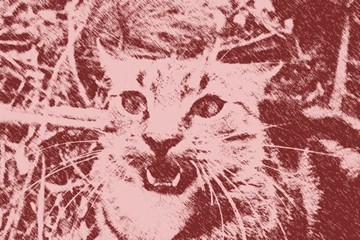A queen ant flies into a shipping container. A pregnant gecko slides into a package. A beetle bores into wooden furniture. Fungal spores waft onto a tourist’s boots. A cactus fancier places an online order.
One trivial action – human or non-human, accidental or intended – can end up costing Australia billions. It can wipe out species. Degrade bushland. Make cities less liveable. Destroy crops and livestock. Harm people and pets. Turn diverse ecosystems into depauperate monocultures.
That is why Australia’s governments of all stripes have, despite setbacks, maintained the eradication program for red imported fire ants over the past 24 years. It’s why the Australian Government has committed >$100 million to prepare for the likely arrival of H5 bird flu. And it’s why thousands of trees have been felled in Perth in pursuit of a tiny fungus-farming beetle.
Over the past 200 years, the consequences of biological invasions have been catastrophic for Australia. Measured in species – at least 60 lost, including 6 this century, and at least another 60 likely in the next 10–20 years. Measured in dollars – $24.5 billion a year in measurable costs. Measured in heartbreak? For 2 in every 3 Australians, stopping extinctions is ‘very important’.
New invaders continue to establish. Established species continue to spread. The list of species heading to extinction due to invasive species continues to lengthen. Numerous reports warn of growing pressures on Australia’s border biosecurity system. Numerous studies, including the latest state of the environment report, document escalating damage. Australia’s invasion debt is huge. The extinction crisis is real.
BUT ON THE SIDE OF HOPE: Many dedicated people, inside government and out, are working to reverse these trends. The Australian Government has committed to no new extinctions. Australia has some of the world’s best biosecurity experts, invasion biologists, innovators and on-ground practitioners. Passionate land managers and community groups are pouring in an enormous effort to undo the damage. The creation of island and mainland havens has averted extinctions. Transformative technologies are emerging.








